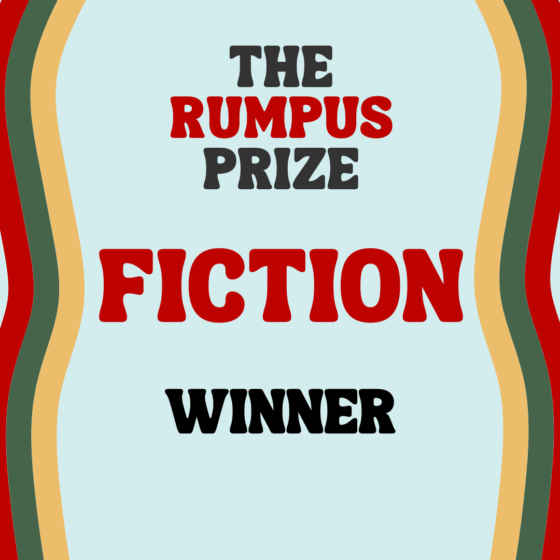 Did you hear about Jack Kerouac’s fantasy baseball habit? Even if you don’t care much for the Beats, it’s still pretty amazing to read about how Kerouac invented his own fantasy baseball league, illustrated his own made-up rosters, and actually played imaginary baseball games with himself well into adulthood—working out every at-bat between fictional teams with an arcane system that seemingly combined elements of craps, jacks and who knows what else. When I was a kid, I used to do something like this with toy action figures on my bedroom floor, playing football games between teams of plastic man-dolls, but I think I got bored with it when I was around 7 or 8. Anyway Kerouac’s brand of grown-up mind-ball was freakily elaborate, and the games were only the beginning.
Did you hear about Jack Kerouac’s fantasy baseball habit? Even if you don’t care much for the Beats, it’s still pretty amazing to read about how Kerouac invented his own fantasy baseball league, illustrated his own made-up rosters, and actually played imaginary baseball games with himself well into adulthood—working out every at-bat between fictional teams with an arcane system that seemingly combined elements of craps, jacks and who knows what else. When I was a kid, I used to do something like this with toy action figures on my bedroom floor, playing football games between teams of plastic man-dolls, but I think I got bored with it when I was around 7 or 8. Anyway Kerouac’s brand of grown-up mind-ball was freakily elaborate, and the games were only the beginning.

According to the above-linked Times article—which I consider a vital document of Beat iconography—Kerouac constructed an alter ego for himself in his baseball fantasies. Sometimes this persona was a team owner in this other world, sometimes a player, sometimes a sports writer. He would write faux sports columns and accounts of big games between ball teams that didn’t exist.
Apparently Kerouac, also a little nuts about horse races, created a system of fantasy horse racing using marbles. He actually describes a version of this game in Doctor Sax:
I was Jack Lewis and I owned the greatest horse, Repulsion, solid ballbearing a half inch thick, it rolled off the Parchesi board and into the linoleum as smooth, and soundless but as heavy as a rumbling ball of steel all tooled smooth, sometimes kicked poor aluminum-marbles out of sight and off the track at the hump bump of the rampbottom—
This sentence, with its haphazard commas that barely dent the momentum of the writer’s thinking, reminds me of what can be so appealing about Kerouac’s prose. First and foremost, there’s his manic confidence—a sense that every aspect of experience is worth describing. This style can make Kerouac seem like a wise man trapped in the body of a child who’s eaten a bag of chocolate-covered espresso beans. But at its digressive best the style matches Kerouac’s ambition to uncover the rhythms of a certain uppity male consciousness.
Still: hours upon hours of an artist’s life devoted to playing and documenting fake sports? Is all this fantasizing a dark, sad, lonely obsession, or is it a benign, endearing outcropping of Kerouac’s creative genius?
 As a writer who somewhat guiltily spends several hours a week following sports and blogging about them, I felt relieved when I discovered the old Beat’s baseball obsession. I’d like to think that going over the many permutations of possible results that flow from a single set of rules is, in its own way, related to making art. I’m not saying that signing up for the Guardian’s fantasy football league is as difficult or as important as writing a good novel—I’m just suggesting that these two different urges might originate in the same place.
As a writer who somewhat guiltily spends several hours a week following sports and blogging about them, I felt relieved when I discovered the old Beat’s baseball obsession. I’d like to think that going over the many permutations of possible results that flow from a single set of rules is, in its own way, related to making art. I’m not saying that signing up for the Guardian’s fantasy football league is as difficult or as important as writing a good novel—I’m just suggesting that these two different urges might originate in the same place.
On the other hand, Kerouac’s fantasy sports habit seems to have been a source of shame, something very separate from his work—an obsession he didn’t want to share. Whereas novelists like Malamud, DeLillo and Joseph O’Neill are able to weave their love of a particular game into a wider fictional tapestry, Kerouac’s fantasy league was weirdly self-contained. As far as I know, there’s nary a trace of baseball fantasizing in his fiction. The first 50 pages of DeLillo’s elephantine Underworld shows us how a baseball game can encapsulate a historical moment, and the history of baseball itself is full of great stories—consider this podcast about the early days of the New York Yankees organization. But unlike DeLillo, Kerouac apparently used his ball games to escape from real people and real history. The amped-up author of On the Road, a gifted athlete who won a football scholarship to Columbia University and worshipped the hyper-masculine Neal Cassady, couldn’t find a way to use sports as a mode of telling stories to anyone but himself.
How would fantasy baseball have contributed to Kerouac’s fiction? I can’t say, exactly. But it seems appropriate, now that I’m almost at the end of this post, to share a baseball story I heard the other day at the Astoria beer garden in Queens. I was talking to a guy named Jon who went to the same New Jersey middle school as Orel Hershiser, the great 1980s pitching ace for the Los Angeles Dodgers. In seventh or eighth grade, Jon’s Latin teacher opened a filing cabinet drawer and brought out an old graded Latin paper. It was a paper Hershiser had written years before, and the teacher gave it to Jon, a known baseball fanatic. At the time this was a big deal, because Hershiser was one of the most famous, dominant athletes of the day. So Jon goes on to say that, later that baseball season, he went to see the Phillies play the Dodgers in Philadelphia, and he waited with a throng of fans to watch the visiting team get off their bus, and he managed to get Orel Hershiser to sign Orel Hershiser’s old Latin paper.

I love imagining what passed through Hershiser’s mind when he saw that young fan reaching up to him with an artifact from his long-gone middle school days. And that, my friends, is a story about more than baseball.




